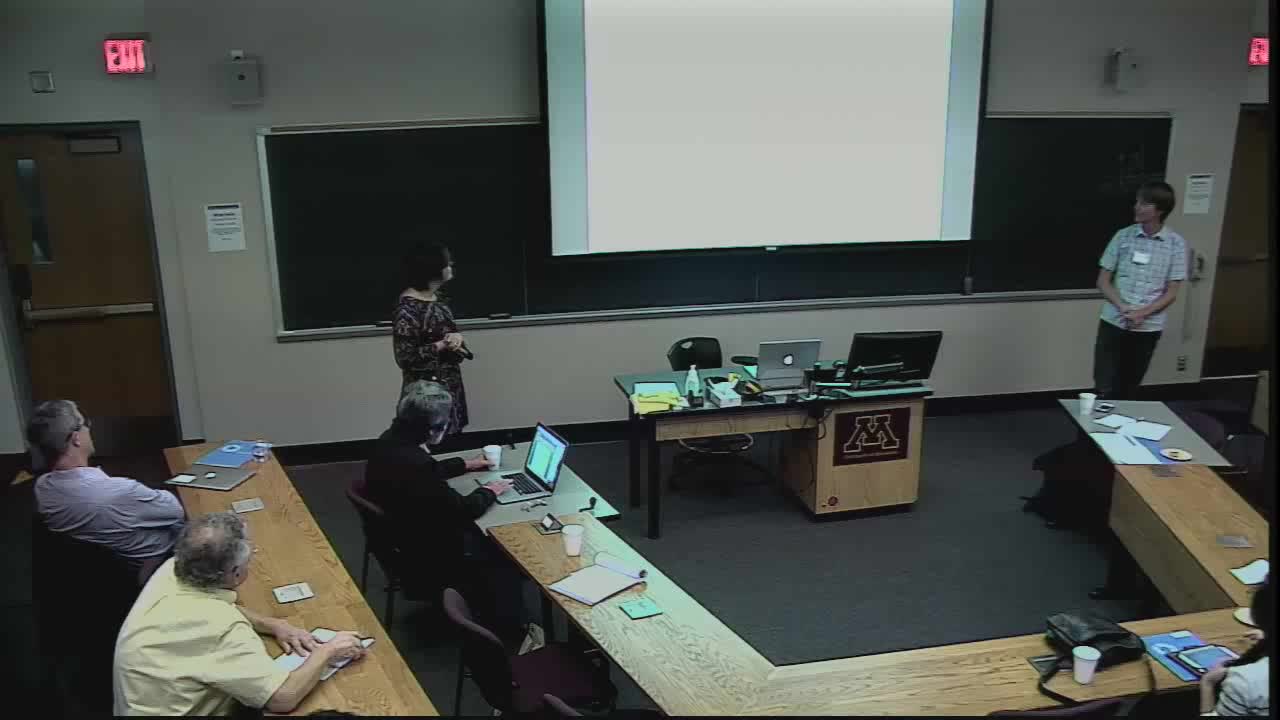Central-Upwind Scheme on Triangular Grids for the Saint-Venant System of Shallow Water Equations
Presenter
October 16, 2014
Keywords:
- Water waves
MSC:
- 76B15
Abstract
Saint-Venant system of shallow water equations and related models are
widely used in many scientific applications related to modeling of water
flows in rivers, lakes and coastal areas. The development of robust and
accurate numerical methods for the computation of the solutions to shallow
water models is an important and challenging problem.
The Saint-Venant system is a hyperbolic system of balance laws. A good
numerical method for the Saint-Venant system has to preserve a delicate
balance between the flux and the source terms (in other words, the scheme
must be well-balanced) to prevent the formation of the “numerical storm” -
when artificial numerical waves have a larger magnitude than the actual
water waves to be captured. It is also crucial to develop a positivity
preserving scheme that can approximate dry/almost dry areas without
producing negative water depth. Moreover, many engineering applications
have to deal with models in domains with complex geometry, and the design
of an accurate numerical scheme becomes an even more difficult task in
this case.
In the talk, we will introduce and discuss a simple second-order
central-upwind scheme for the Saint-Venant system of shallow water
equations on triangular grids. In our talk we will show that the developed
scheme both preserves "lake at rest" steady states and guarantees the
positivity of the computed fluid depth. Moreover, it can be applied to
models with discontinuous bottom topography and irregular channel widths.
We will demonstrate these features of the scheme, as well as its high
resolution and robustness in a number of numerical examples. Current
research and future directions will be discussed as well.
This is a joint work with Jason Albright, Steve Bryson, Alexander Kurganov
and Guergana Petrova.
